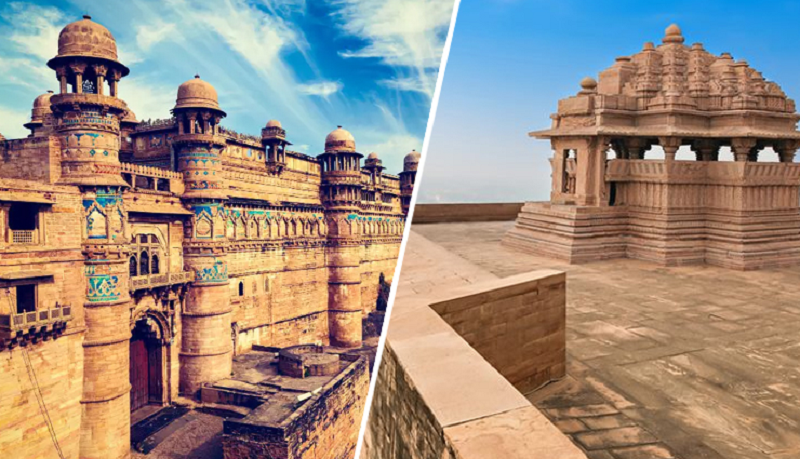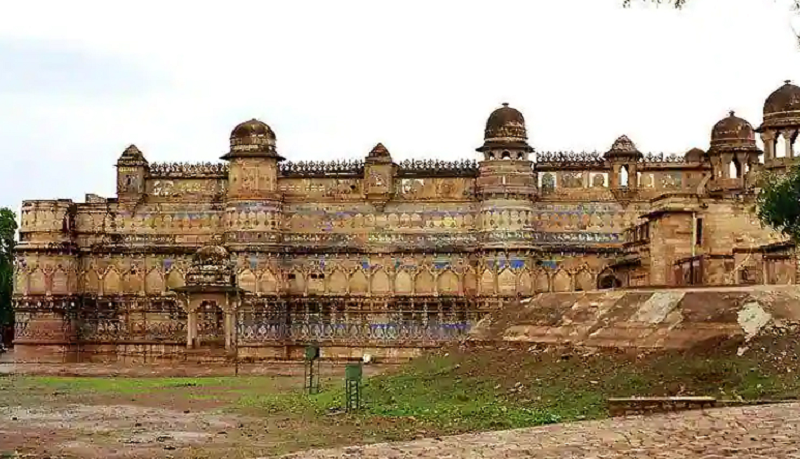
Gwalior is a historical city and a major city of the state located in the Gwalior district of Madhya Pradesh state of India. Geographically Gwalior Madhya Pradesh. Located in the north of the state. This city and its famous fort have been the center of the ancient cities of North India. This city has been the capital of the Gurjara-Pratihar dynasty, Tomar and Kachwaha. Gwalior has been selected as one of the hundred Indian cities to be developed as a smart city under Prime Minister Narendra Modi's flagship Smart Cities Mission.
There is a history hidden behind the name of Gwalior city. Surajsen became a king in the sixth century. Once he was on his deathbed suffering from an unknown disease when a saint named Gwalipa cured him and gave him life. The foundation of this city was laid in his honor and it was named Gwalior. It is said that 83 descendants of Surajsen Pal ruled the fort, but the 84th, named Tej Karan, lost it.
While Gwalia remains in the news due to its history, it has a different status from a tourism point of view. Today we are going to give our readers information about some of its places which are excellent for visiting.

Maharaja Man Singh Fort (Gwalior Fort)
This fort made of sandstone is visible from every direction of the city and is the most important monument of the city. To reach this fort built on a high plateau, one has to go through a narrow road with a very steep slope. The huge sculptures of Jain Tirthankaras are carved very beautifully and intricately on the big rocks around this road. The three hundred feet height of the fort is a witness to the invincibility of this fort. Amazing examples of medieval architecture are located in the inner parts of this fort. Gujri Mahal, built in the fifteenth century, is one of them which is a symbol of the intense love of Rajput king Mansingh Tomar and Gurjar queen Mriganayani.
Teli Temple
A unique architectural specimen built in the 9th century is the Teli temple of Lord Vishnu, which is 100 feet high. It is a unique confluence of Dravidian architecture and Aryan architecture.
Manmandir Mahal
It was built between 1486 and 1517 by the illustrious Raja Mansingh of Gwalior. Time has definitely taken away the grandeur of this fort decorated with beautiful colorful tiles, but in some of its internal and external parts, the remains of excellent artworks made by these blue, yellow, green, and white tiles still give an indication of the grand past of this fort. Apart from being a mighty warrior, Mansingh was also a lover of fine arts and knowledgeable about architectural styles. His reign is called the golden age of Gwalior.
PC Social media










